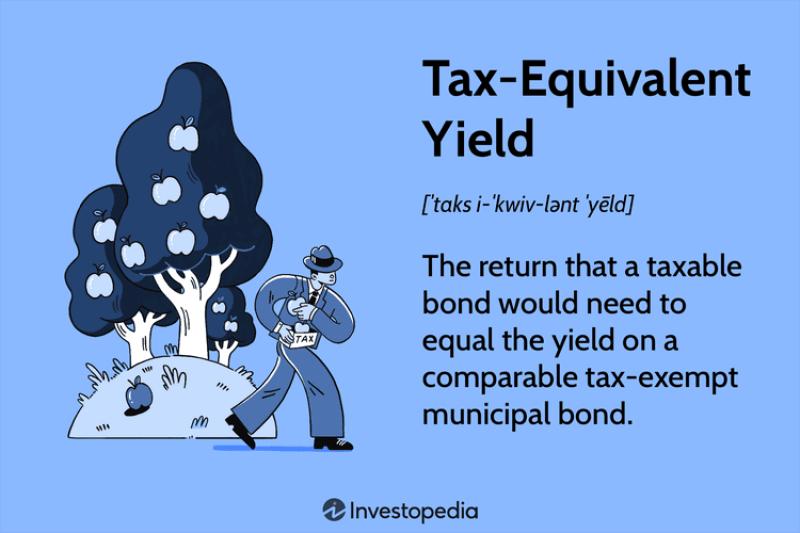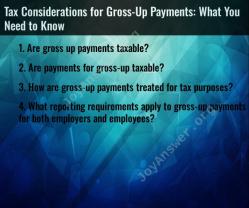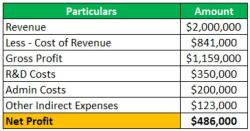What is my taxable yield equivalent?
Your taxable yield equivalent is a measure used to compare the after-tax yield of a tax-free investment with the yield of a taxable investment. This metric helps you assess the tax efficiency of your investments by considering the impact of taxes on your returns.
The formula to calculate the taxable yield equivalent is:
Here:
- Taxable Yield: The yield or interest rate of a taxable investment, such as a corporate bond or certificate of deposit.
- Tax Rate: Your marginal tax rate, representing the percentage of your income that you pay in taxes.
The purpose of this calculation is to adjust the taxable yield to account for the taxes you'll owe on the investment income. The adjustment is made by dividing the taxable yield by the complement of the tax rate (1 - Tax Rate).
Example:
Let's say you have a taxable investment with a yield of 6%, and your marginal tax rate is 30%. The taxable yield equivalent would be:
In this example, the taxable yield equivalent is 8.57%, meaning that a tax-free investment with a yield of 8.57% would provide a similar after-tax return as the taxable investment with a 6% yield.
Investors use the taxable yield equivalent to compare the attractiveness of tax-free and taxable investments, particularly in the context of fixed-income securities like bonds. Tax-free investments, such as municipal bonds, may offer lower pre-tax yields than taxable investments, but their after-tax returns can be more competitive for investors in higher tax brackets.
Keep in mind that this is a simplified calculation, and other factors such as investment risk, liquidity, and overall financial goals should also be considered when making investment decisions. Additionally, individual tax situations vary, so consulting with a financial advisor can provide personalized insights based on your specific circumstances.
How to calculate my taxable yield equivalent for investments?
To calculate your taxable yield equivalent (ETY) for investments, you can use the following formula:
ETY = Nominal yield / (1 - Tax rate)
where:
- Nominal yield is the yield of the tax-exempt investment.
- Tax rate is your marginal tax rate.
For example, if you are considering investing in a municipal bond with a nominal yield of 5% and your marginal tax rate is 25%, your ETY would be calculated as follows:
ETY = 5% / (1 - 25%) = 6.67%
This means that you would need to find a taxable investment with a yield of at least 6.67% in order to generate the same after-tax return as the municipal bond.
What steps are involved in determining the taxable yield equivalent, and what information is needed?
To determine the taxable yield equivalent, you will need the following information:
- The nominal yield of the tax-exempt investment.
- Your marginal tax rate.
You can find the nominal yield of a tax-exempt investment in the bond prospectus or on the issuer's website. To determine your marginal tax rate, you can use the IRS tax rate tables.
Once you have this information, you can use the formula above to calculate your ETY.
Are there online tools or calculators for simplifying the calculation of taxable equivalent yield?
Yes, there are a number of online tools and calculators that can simplify the calculation of taxable equivalent yield. Some popular options include:
- Bankrate
- NerdWallet
- SmartAsset
- Fidelity
- Vanguard
These tools and calculators allow you to enter the nominal yield of the tax-exempt investment and your marginal tax rate, and they will automatically calculate your ETY.
Conclusion
Calculating your taxable yield equivalent can help you make more informed decisions about your investments. By understanding your ETY, you can compare the yields of taxable and tax-exempt investments and choose the investments that are best for your financial situation.













